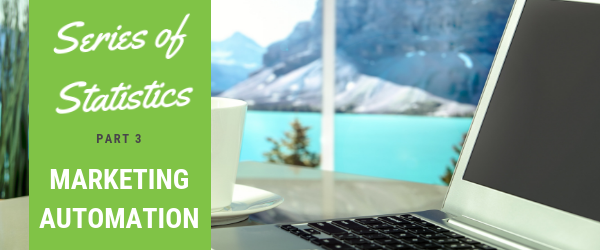GreenRope Blog
Title search: ✖
|
Show All (635)
#CoolerChat (7) All About GreenRope (172) Content Marketing (66) CRM (190) Customer Experience (79) Digital Transformation (8) Email Marketing (6) Event Recaps (2) Everything Small Business (46) How-To (136) In the Clearing with Lars (25) Infographics (4) Marketing (149) Marketing Automation (60) Monthly Updates (25) Press Release (1) Sales (76) SMB (140) Social Media (20) Tidbits for You (116) Websites & SEO (4) Weekly Roundup (16)
10 Surprising Things You Didn't know about Client Services & Search Marketing Manager, Lisa Frampton
Disqualifying Leads Without Alienating Them as Future Customers - Part 2: Cultivating Non-Leads with Automated Marketing
4 Ways to Get Your Email Marketing in Front of the Right Audience Through Personalization & Segmentation
Total Cost of Ownership: What does it mean and how can you avoid costly, unsuccessful implementations.
|
Marketing Automation: A Look Back at 2018 and a Look Ahead to 2019
As we move into 2019, we’d like to recap the current state of marketing automation and technology with a series of statistics pulled from research firms dedicated to gathering industry reports. If you’re just getting started, the term "marketing automation" refers to technology and strategy used to automate communication with leads and contacts. In today’s demand for a personalized customer experience and increased demand for content, marketing technology is becoming a staple and foundation for developing and executing well-crafted marketing strategies for companies of all shapes and sizes. Marketing automation has helped businesses save time, become more efficient, and create seamless and personalized customer experiences. Today’s technology is providing automated workflows, responders to leads, drip campaigns for nurturing leads down your sales funnel, and personalized customer journeys to deliver content specially tailored to segmented leads. It’s allowing companies to bridge the gap between sales and marketing, and becoming a major initiative for 2019. So let’s get started with a few statistics describing the benefits of adopting a marketing automation! According to the 2018 Demand Gen Report:
Research pulled from the recent report on the Email Monday Blog:
Conclusion: As you can see from the statistics above, marketing automation is a becoming a must for small to midsize businesses in today’s highly competitive and digital world. It is at the center of focus for companies looking to increase their online presence, create more personalized marketing campaigns to improve lead nurturing effectiveness, and drive more conversions in 2019. |
